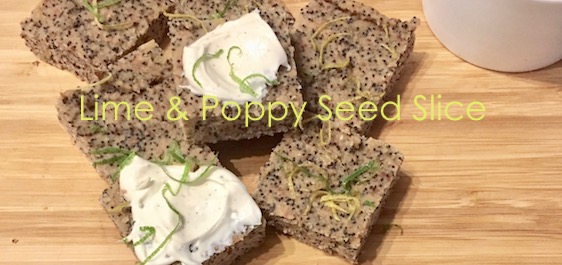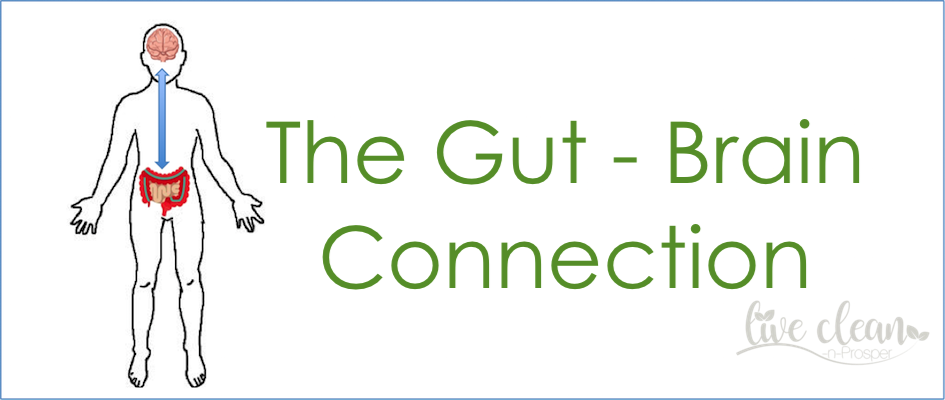Today I’m sharing a Poppy Seed slice recipe.
I saw a recipe for a gluten free Poppy seed slice in the paper recently and decided to give it a try. Our lime tree is full of fruit at the moment so that became the citrus flavour of choice.
You could make this recipe using lemon or orange if you prefer.
Poppy Seeds also have health benefits
Poppy Seeds also have a number of impressive nutritional components that can help your body improve or maintain optimal function.
Each serving of poppy seed contains a considerable amount of linoleic acid, an omega-6 fatty acid that offers protection against heart disease.
Poppy seeds contain iron and phosphorus, minerals essential for the maintenance of both muscles and bones.
These little seeds also contain calcium, iron and magnesium. The minerals needed by the body to regulate brain activity and the development of neurons. They also aid in the production of neurotransmitters.
Poppy seeds have high amounts of dietary fibre, which aids the digestive system in metabolising and smoothly processing ingested food, preventing constipation and other digestive problems.
The abundance of copper and iron in poppy seeds improves red blood cell formation, which helps in the prevention of anemia and other blood-related conditions.
Lime Poppy Seed Slice
Ingredients
¼ cup of Maple syrup
¼ cup lime juice
1 tsp chia seeds
about 1 tsp lime zest
1 tsp vanilla paste/extract
4 eggs – separated
1 cup almond flour
½ cup green banana flour
1 tsp baking powder
¼ cup poppy seeds
pinch of salt
Method
Preheat your oven to 180’c
In a large mixing bowl, combine the syrup, lime juice, zest, chia seeds, egg yokes and vanilla and leave to sit.
In another bowl, beat the egg whites till stiff, adding the salt part way through.
Now add the flour, baking powder and poppy seeds to the other ingredients, mixing well.
Fold in the egg whites till combined then place the mix into a square tin, smoothing the top.
Bake till cooked through and lightly golden, approx. 20 to25 minutes.
Cool completely before removing it from the tin and cutting into squares.
I made a simple Cream Cheese topping, which can be added at time of serving.
Mix 100 grams of spreadable cream cheese with 1 tsp vanilla and 1 tsp maple syrup.
We just spread a small amount on each slice with a little added zest.
I hope you enjoy making and eating this slice.
Till the next post,
Live clean n Prosper


